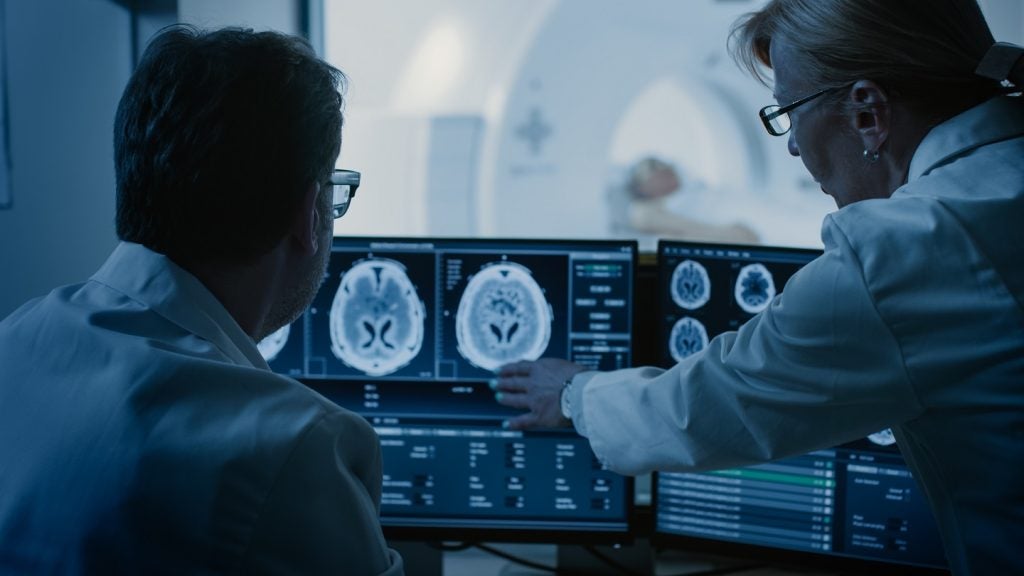CereVasc has reported positive initial results in a pilot study of its eShunt System implant in treating elderly patients with normal pressure hydrocephalus (NPH).
At the 90-day primary endpoint of the 30-patient, open-label, multi-centre study (NCT05232838), 97% (29/30) of patients treated with eShunt demonstrated an improvement in the clinical symptoms of NPH.
The study indicated gait improvement as measured by the Timed Up and Go (TUG) test, cognitive improvement measured by the Montreal Cognitive Assessment (MoCA), and improvement in urinary symptoms as measured by the Neurogenic Bladder Symptom Score (NBSS).
Massachusetts-based CereVasc’s eShunt, which received breakthrough device designation from the US Food and Drug Administration (FDA) in August 2024, is designed to treat NPH by draining excess cerebrospinal fluid (CSF) from the brain into the venous system through a small implant placed in the cerebellopontine angle. The cerebellopontine angle is a space in the brain between the cerebellum and the brainstem.
NPH occurs when fluid buildup presses on the brain, resulting in dementia-like symptoms. The Hydrocephalus Association estimates that 800,000 Americans may be living with NPH. It notes that without appropriate diagnostic testing, the condition is often misdiagnosed as Alzheimer’s or Parkinson’s disease, stroke, or other neurodegenerative conditions. NPH, however, is recognised as one of the few treatable forms of dementia.
CereVasc chairman and CEO Dan Levangie commented: "We are encouraged by the absence of serious adverse events (SAEs) at 90 days combined with clinical improvement in nearly every patient, which supports our belief that an endovascular, minimally invasive treatment approach could provide significant safety and efficacy benefits, allowing a greater number of patients with this neurodegenerative disorder to receive treatment."
CereVasc’s eShunt is not yet approved in the US. In 2023, the company partnered with LianMedical to introduce the system and related products in China.
CereVasc has also touted the potential of its device to deliver gene therapy to the central nervous system. Findings from a study in an ovine model, published in the journal Molecular Therapy in September 2024, demonstrated that the eShunt device was able to deliver therapeutics to the brain in a safer approach compared to traditional methods.













